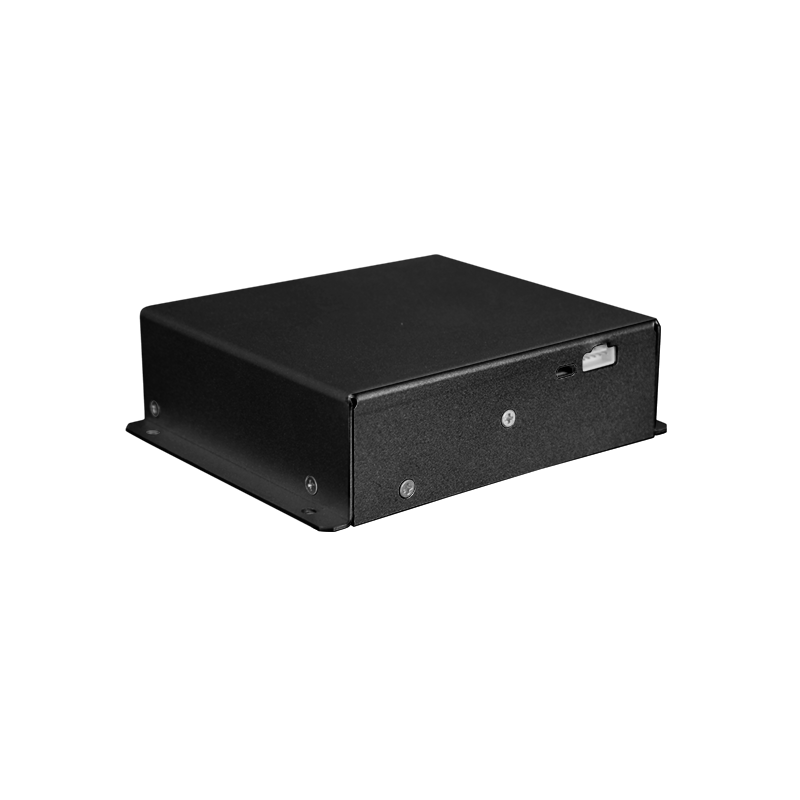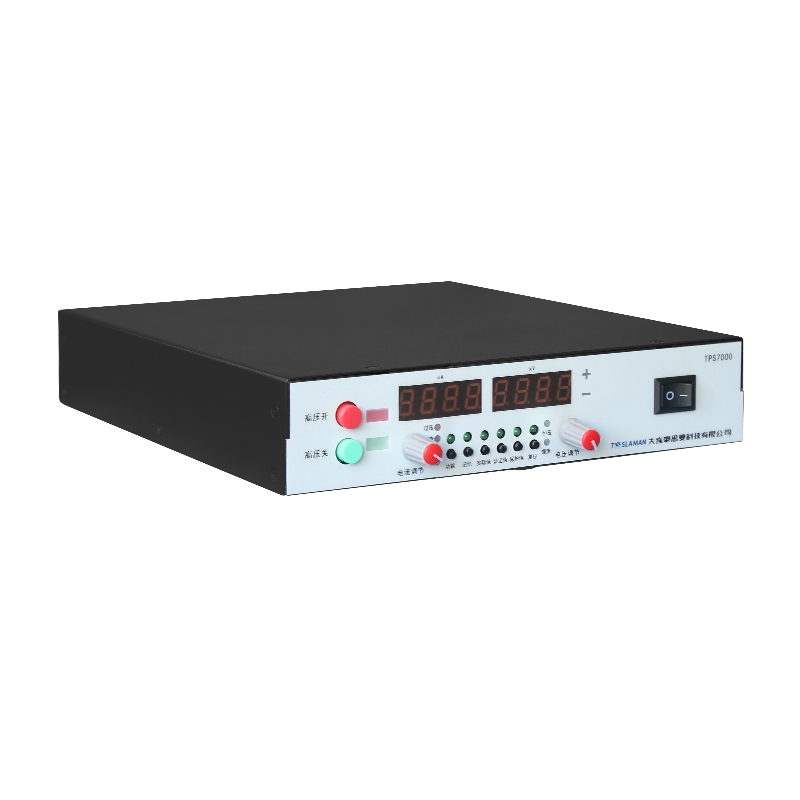Optimization Pathways for High-Voltage Power Supply Efficiency in Capacitor Charging Systems
Capacitor charging technology, as a critical branch of power electronics, relies heavily on efficiency improvements to enhance energy storage system responsiveness and utilization. This article systematically elaborates on three key technological pathways for optimizing high-voltage power supply efficiency in capacitor charging: topological structure innovation, control strategy advancement, and material technology breakthroughs.
1. Evolution of Topological Structures
Modern high-voltage power supply topologies for capacitor charging primarily fall into resonant and pulsed categories. Resonant converters utilizing LC networks achieve zero-voltage/zero-current switching (ZVS/ZCS), reducing switching losses by 30%-40%. Recent studies demonstrate that multi-stage interleaved LLC resonant structures achieve over 94.5% efficiency in 20kV systems, marking a 6% improvement over conventional single-stage designs. Pulsed charging topologies employ nanosecond-level high-voltage pulse sequences, precisely controlling charge quantity through pulse-width modulation (PWM) duty cycle adjustments, showing 12% higher efficiency than DC charging at 200Hz frequencies.
2. Advancements in Digital Control Strategies
FPGA-based digital control systems have enabled three breakthroughs:
1. Dynamic Impedance Matching: Real-time monitoring of capacitor equivalent series resistance (ESR) variations reduces ohmic losses by 15%-20% through automatic voltage gradient adjustments
2. Predictive Current Control: A feedforward-feedback hybrid control model limits current overshoot to within ±1.5%
3. Adaptive Pulse Shaping: Dynamically optimizes pulse waveforms based on dielectric properties to minimize polarization losses
3. Wide Bandgap Semiconductor Integration
Silicon carbide (SiC) and gallium nitride (GaN) devices drive transformative progress:
SiC MOSFETs exhibit only 18% of silicon-based IGBT switching losses at 10kV/100A
Vertical GaN devices maintain over 90% efficiency even at 200kHz frequencies
3D packaging technology increases power density to 50W/cm³ while reducing system volume by 40%
4. Thermal Management and Reliability Engineering
Efficiency enhancements must align with system stability:
1. Phase-change material (PCM) cooling modules reduce thermal resistance by 0.15℃/W
2. Distributed temperature sensing networks enable ±0.5℃ hotspot tracking
3. Redundant protection architectures extend MTBF (mean time between failures) to 100,000 hours
Conclusion: Optimizing high-voltage power supply efficiency requires coordinated innovation across multiple technological domains. Future development will focus on three-dimensional collaborative design integrating topology, materials, and control systems, alongside deep learning applications for dynamic parameter optimization, propelling capacitor charging systems toward the 95%+ efficiency threshold.




















